Stainless steel baking sheets are a staple in the kitchen of every economical chef. They’re durable, versatile, and safe for high-temperature cooking. But when stains, baked-on grease, or burnt food take hold, you might be tempted to reach for abrasive scrubbers — so, please don’t. You could end up with scratches that ruin that smooth finish.
Today, our chef has put together a guide to help you clean stainless steel baking sheets thoroughly without causing any damage. Let’s begin!
Why You Should Avoid Scratching Stainless Steel Baking Sheets
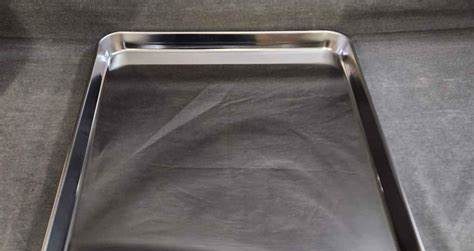
Scratches aren’t just cosmetic. They can:
- Dull the shine and reduce the non-stick performance.
- Create micro-grooves that trap grease and bacteria.
- Lead to faster wear and tear over time.
So let’s treat those baking sheets with care while still getting them squeaky clean.
Here’s What You’ll Need
In order to clean your baking sheet without scratches, you will need your cleaning toolkit for your kitchen as follows:
- Baking soda
- White vinegar
- Mild dish soap
- Soft sponge or microfiber cloth
- Non-abrasive scrub pad (like a Scrub Daddy or silicone scrubber)
- Plastic scraper or old credit card
- Hot water
- Aluminum foil (optional for polishing)
Step-by-Step: How to Clean Without Scratching
1. Soak First (Don’t Scrub Yet!)
Fill your sink with hot water and a squirt of mild dish soap. Let your baking sheet soak for 15–30 minutes. This loosens grease and softens burnt-on food.
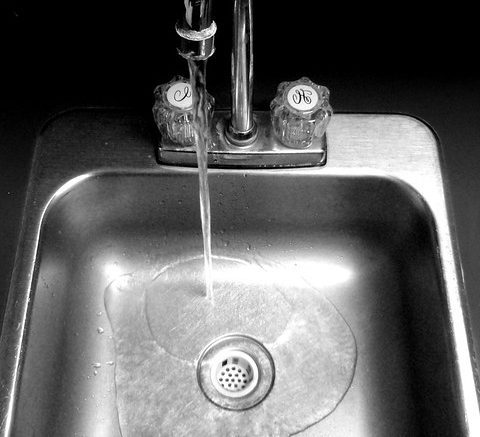
Tip: Add a splash of white vinegar to the soak to help dissolve stains and disinfect naturally.
2. Gently Scrub with a Soft Sponge
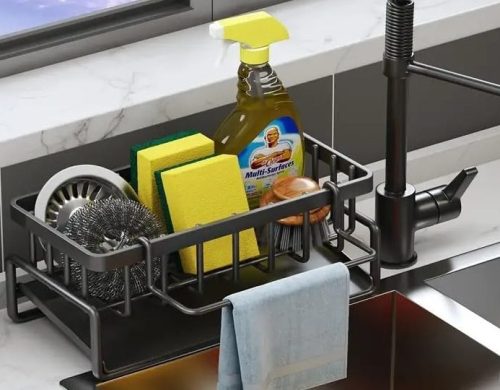
After soaking, use a soft sponge or non-abrasive scrubber to clean the surface. Wipe in the direction of the grain (yes, stainless steel has a grain just like wood).
Avoid steel wool or metal brushes—they can leave permanent scratches.
3. Use Baking Soda for Stubborn Spots

Still see brown spots or sticky residue? Make a paste of baking soda and water and apply it to the affected areas. Let it sit for 15–20 minutes.
Then gently rub the paste using a soft cloth or sponge. The baking soda acts as a gentle abrasive without damaging the metal.
4. Use a Plastic Scraper for Burnt Bits
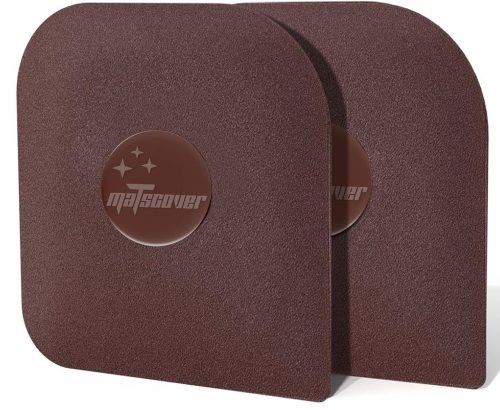
For stuck-on food that won’t budge, try using a plastic scraper or even an old credit card. Work under the edge of the residue and lift it off—no scratching involved.
5. Rinse & Dry Thoroughly
Rinse with warm water and dry immediately with a soft towel to prevent water spots.
Never let your stainless steel air dry—water droplets can cause mineral stains.
6. Optional: Polish with Vinegar or Foil
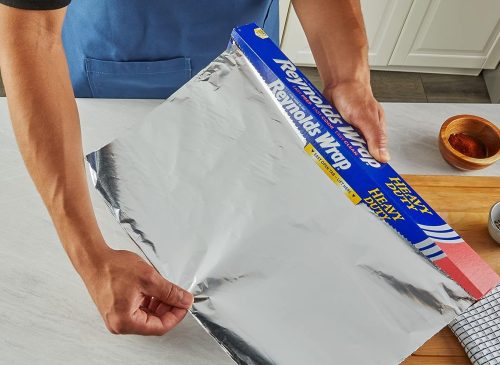
For an extra shine:
- Spray white vinegar over the clean surface and buff it with a microfiber cloth.
- Or gently rub the surface with a small piece of crumpled aluminum foil—yes, it polishes without scratching.
What NOT to Use on Stainless Steel Baking Sheets
Avoid these scratch-makers at all costs:
❌ Steel wool or metal scouring pads
❌ Abrasive powdered cleansers
❌ Harsh chemical cleaners like bleach or oven spray
❌ Dishwasher if your sheet isn’t labeled “dishwasher safe” (can cause spotting or warping)
Pro Tips for Maintenance
✅ Clean right after use: The longer residue sits, the harder it is to remove.
✅ Line with parchment or silicone mats to reduce buildup.
❌ Avoid high broil settings unless the sheet is rated for it—extreme heat can cause discoloration and sticking.
Final Thoughts
Keeping your stainless steel baking sheets looking like new doesn’t require harsh chemicals or elbow grease—just a little know-how. With the right cleaning method, you can banish grime and stains while keeping that beautiful, scratch-free shine.
If you’re investing in good kitchen tools, take care of them like a pro. Your baking sheets—and your food—will thank you for it.